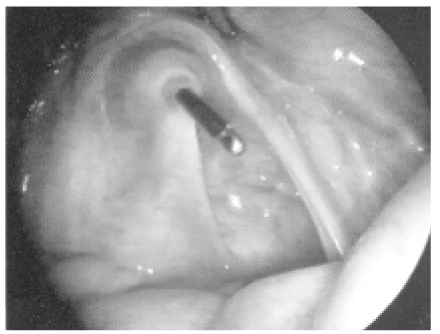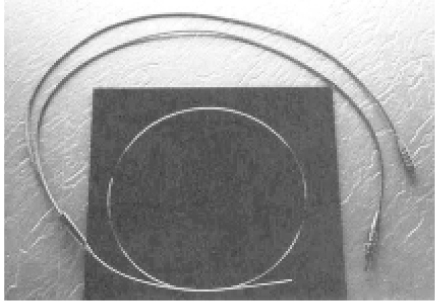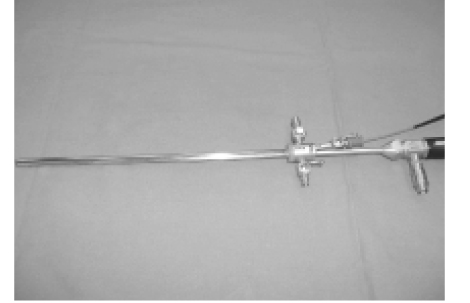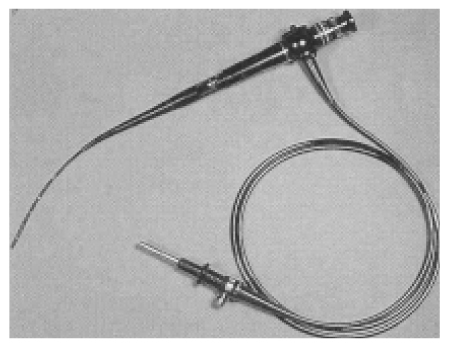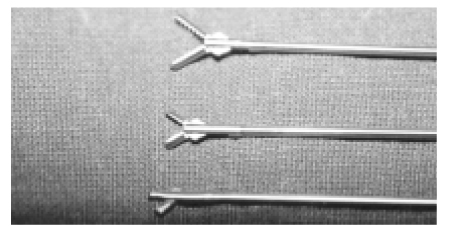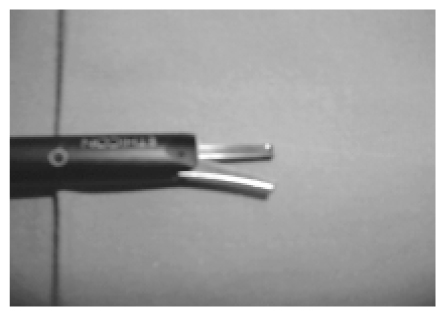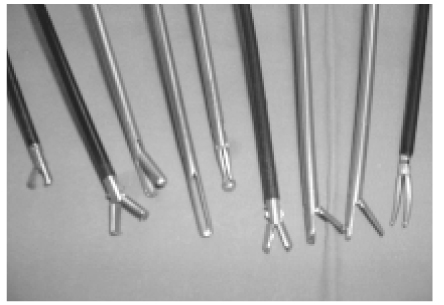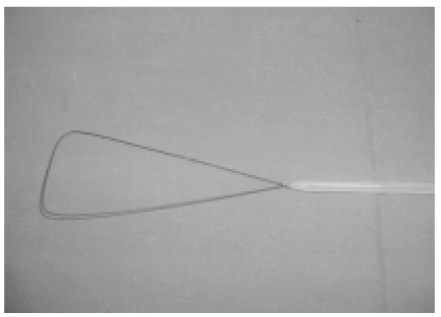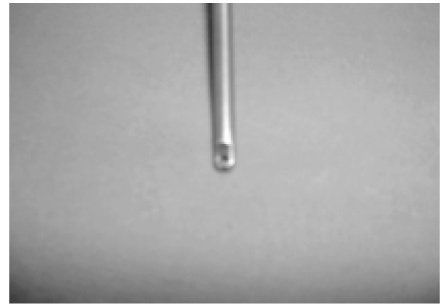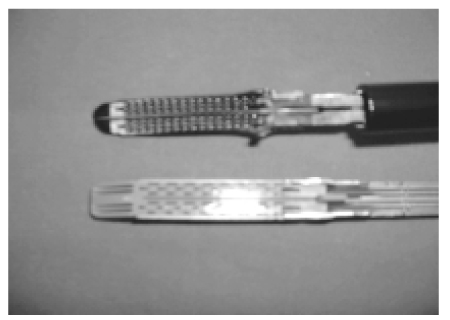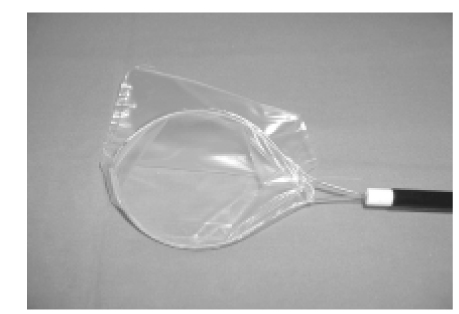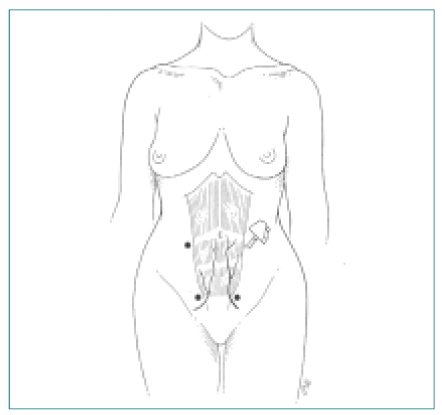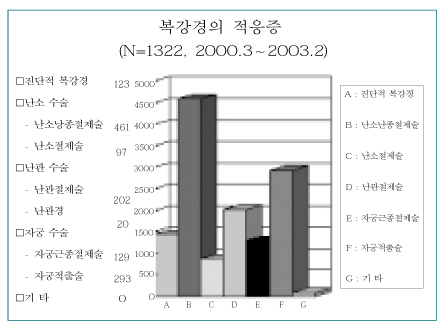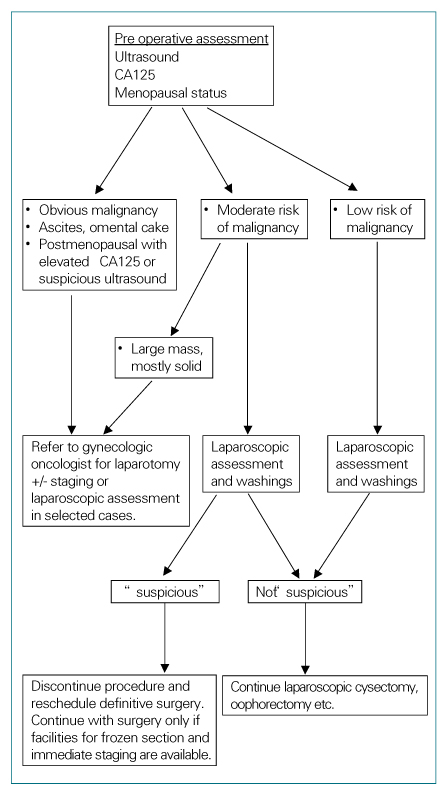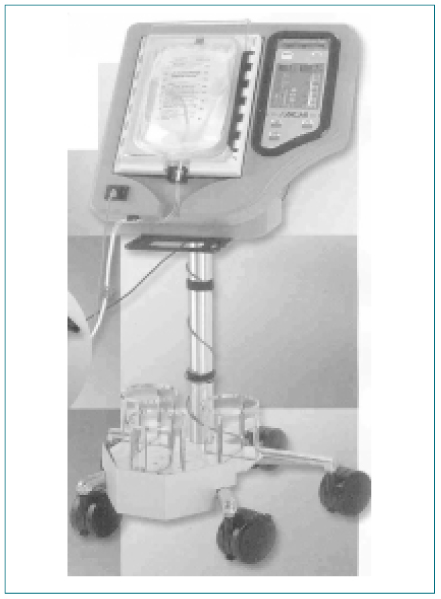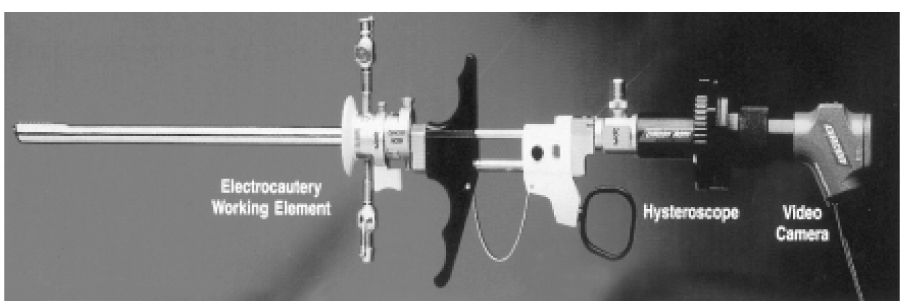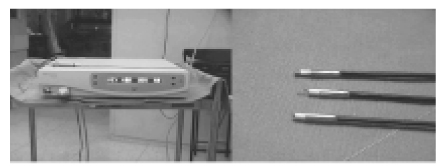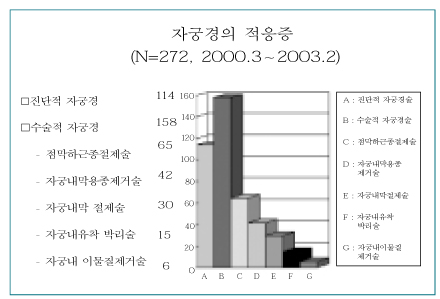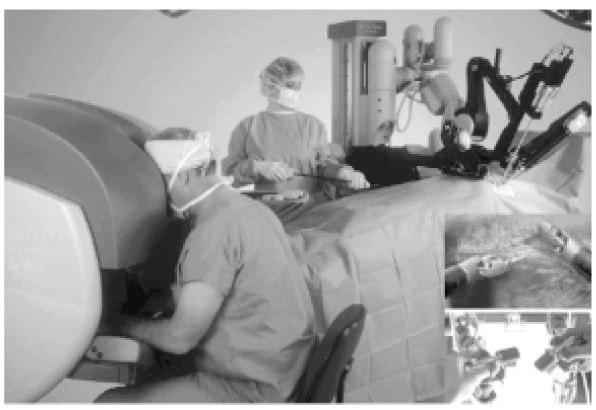J Korean Med Assoc.
2003 May;46(5):437-453. 10.5124/jkma.2003.46.5.437.
The Application of Endoscopic Surgery to Gynecologic Conditions
- Affiliations
-
- 1Department of Obstetrics & Gynecology, Yonsei University College of Medicine, Tongdaemun Hospital, Korea. kh8730@yumc.yonsei.ac.kr
- 2Department of Obstetrics & Gynecology, Ewha Womans University College of Medicine, Tongdaemun Hospital, Korea. helpman@ewha.ac.kr
- KMID: 1958035
- DOI: http://doi.org/10.5124/jkma.2003.46.5.437
Abstract
- The advancements in optics, video technologies and endoscopic instrumentations have led to the expansion of endoscopy into the current therapeutic surgical practice of benign and malignant gynecologic conditions. So, minimally invasive and organ-preserving surgery can be performed in terms of organ-specific difficulties in the field of gynecology instead of conventional surgical techniques that require laparotomy and uterotomy. Also, the recent introduction of computer-aided instruments seems to have the potential to revolutionize endoscopic surgery. Major advantages of an endoscopic surgery include minimization of patient discomfort and analgesics requirements, a short period of hospitalization, rapid recuperation, superior cosmetics, easier intra-operative access to the pelvic floor, cul-de sac and intrauterine cavity, less blood loss and less postoperative adhesion. Today every gynecologists should have the knowledge and skill of the endoscopic surgery in order to gain great benefits from endoscopic surgery. In this article, recent advancements in the endoscopic surgery of gynecological conditions are reviewed.
Keyword
MeSH Terms
Figure
Reference
-
1. Hulka JF, Reich H, editors. Textbook of laparoscopy. 1994. 2nd ed. Philadelphia: WB Saunders;3–7.2. Reich H, DeCaprio J, McGlynn F. Laparoscopic hysterectomy. J Gynecol Surg. 1989. 5:213–216.
Article3. Baggish MS, Barbot J, editors. Diagnostic and operative hysteroscopy. 1999. 2nd ed. St. Louis: Mosby;1–10.4. Palter SF, Olive DL. Office microlaparoscopy under local anesthesia for chronic pelvic pain. J Am Assoc Gynecol Laparosc. 1996. 3:359–364.
Article5. Campo R, Gordts S, Rombauts L, Brosens I. Diagnostic accuracy of transvaginal hydrolaparoscopy in infertility. Fertil Steril. 1999. 71:1157–1160.6. Sueoka K, Asada H, Tsuchiya S, Kobayashi N, Kuroshima M, Yoshimura Y. Falloposcopic tuboplasty for bilateral tubal occlusion. A novel infertility as an alternative for in-vitro fertilization? Hum Reprod. 1998. 13:71–74.
Article7. Wood GP. Laparoscopic examination of the normal infertile woman. Obstet Gynecol. 1983. 62:642–643.8. Kresch AJ, Seifer DB, Sachs LB, Barrese I. Laparoscopy in 100 women with chronic pelvic pain. Obstet Gynecol. 1984. 64:672–674.9. Tulandi T, Sammour A. Evidence-based management of ectopic pregnancy. Curr Opin Obstet Gynecol. 2000. 12:289–292.
Article10. Vergote I, De Brabanterb J, Fylesc A, Bertelsend K, Einhorne N, Tropea CG, et al. Prognostic importance of degree of differentiation and cyst rupture in stage I invasive epithelial ovarian carcinoma. Lancet. 2001. 357:176–182.
Article11. Van Dam PA, DeCloedt J, Tjalma A, Buytaert P, Becquart D, Vergote I. Trocar implantation metastasis after laparoscopy in patients with advanced ovarian cancer: Can the risk be reduced? Am J Obstet Gynecol. 1999. 181:536–541.
Article12. Fayez JA. An asessment of the role of operative laparoscopy in tuboplasty. Fertil Steril. 1983. 39:476–480.13. Yoon TK, Sung HR, Cha SH, Lee CN, Cha KY. Fertility outcome after laparoscopic microsurgical tubal anastomosis. Fertil Steril. 1997. 67:18–22.
Article14. Dessolle L, Soriano D, Poncelet C, Benifla JL, Madelenat P, Darai E. Determinants of pregnancy rate and obstetric outcome after laparoscopic myomectomy for infertility. Fertil Steril. 2001. 76:370–374.
Article15. Doridot V, Dubuisson JB, Chapron C, Fauconnier A, Babaki-Fard K. Recurrence of leiomyomata after laparoscopic myomectomy. J Am Assoc Gynecol Laparosc. 2001. 8:495–500.
Article16. Nezhat C, Nezhat F, Bess O, Nezhat CH, Mashiach R. Laparoscopically assisted myomectomy:a report of a new technique in 57 cases. Int J Fertil Menopausal Stud. 1994. 39:39–44.17. Wang CJ, Yen CF, Lee CL, Soong YK. Laparoscopic-assisted vaginal myomectomy. J Am Assoc Gynecol Laparosc. 2000. 7:510–514.
Article18. Olive DL, Parker WH, Cooper JM, Levine RL. The AAGL classification system for laparoscopic hysterectomy. J Am Assoc Gynecol Laparosc. 2000. 7(1):9–15.
Article19. Wattiez A, Canis M, Mage G, Pouly JL, Bruhat MA. Promontofixation for the treatment of prolapse. Urol Clin North Am. 2001. 28:151–157.
Article20. Esposito C, Garipoli V, Di Matteo G, De Pasquale M. Laparoscopic management of ovarian cysts in newborns. Surg Endosc. 1998. 12:1152–1154.
Article21. Fatum M, Rojansky N. Laparoscopic surgery during pregnancy. Obstet Gynecol Surv. 2001. 56:50–59.
Article22. Dargent DF. Laparoscopic surgery in gynecologic oncology. Surg Clin North Am. 2001. 81:949–965.
Article23. Magrina JF. Laparoscopic surgery for gynecologic cancers. Clin Obstet Gynecol. 2000. 43:619–640.
Article24. Emanuel MH, Wamsteker K, Hart AA, Metz G, Lammes FB. Long-term results of hysteroscopic myomectomy for abnormal uterine bleeding. Obstet Gynecol. 1999. 93:743–748.
Article25. Lewis BV, Magos AL. Endometrial ablation. 1993. 1st ed. New York: Churchill livingstone;19–26.26. Ballantyne GH. Robotic surgery, telerobotic surgery, telepresence, and telementoring. Surg Endosc. 2002. 16:1389–1402.
Article
- Full Text Links
- Actions
-
Cited
- CITED
-
- Close
- Share
- Similar articles
-
- Hemostasis in Endoscopic Spine Surgery
- Successful endoscopic operations in benign gynecologic diseases: experiences of 6,017 cases
- Gynecologic Disorders in the Older Adults
- Recent advances in minimally invasive surgery for gynecologic indications
- A Narrative Review of Development of Full-Endoscopic Lumbar Spine Surgery


